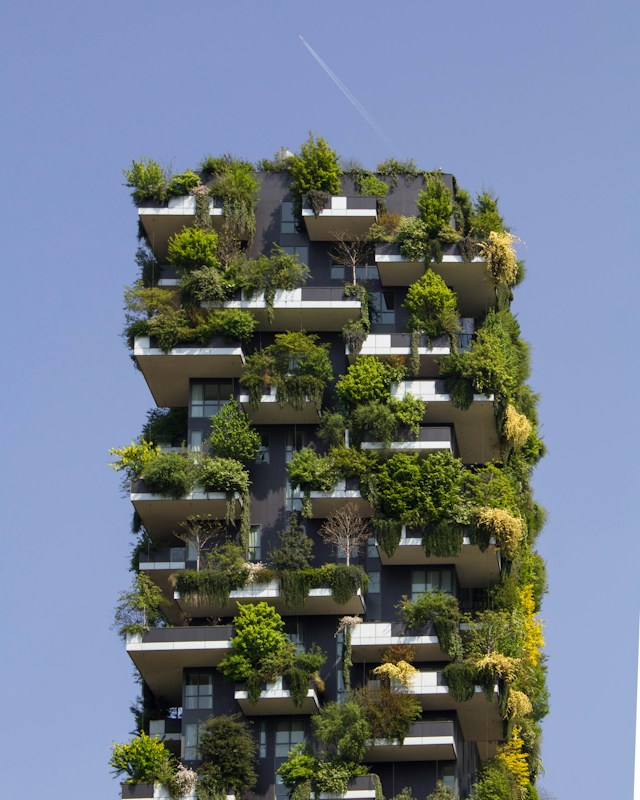
Introduction
In an age where environmental consciousness takes center stage, businesses are increasingly recognizing the importance of integrating sustainability into their daily operations. This article explores the concept of green facilities management services as a proactive approach to creating responsible workplaces, fostering a harmonious balance between operational needs and environmental stewardship.
1. Defining Green Facilities Management: A Holistic Approach to Sustainability
Green facilities management goes beyond traditional practices, embracing a holistic approach to sustainability. It involves the integration of environmentally friendly policies and practices into the design, operation, and maintenance of facilities, creating a framework that aligns business objectives with ecological responsibility.
2. Energy Efficiency: The Catalyst for Sustainable Operations
At the heart of green facilities management lies a commitment to energy efficiency. Organizations are adopting technologies that optimize energy consumption, investing in energy-efficient appliances, and implementing smart systems to monitor and control energy usage. This not only reduces operational costs but also lessens the carbon footprint associated with energy consumption.
3. Sustainable Waste Management: From Disposal to Resource Recovery
A key aspect of green facilities management is transforming waste management into a sustainable process. Facilities are implementing waste reduction measures, encouraging recycling practices, and exploring innovative methods for converting waste into valuable resources. This shift towards responsible waste management contributes significantly to the reduction of environmental impact.
4. Eco-Friendly Building Materials: Constructing with a Conscience
In the realm of sustainable workplaces, the choice of building materials plays a pivotal role. Green facilities management prioritizes the use of eco-friendly materials, such as recycled or renewable resources, low-emission paints, and sustainable wood. This conscious selection ensures that the construction and maintenance of facilities have minimal adverse effects on the environment.
5. Water Conservation: Preserving a Precious Resource
Sustainable workplaces recognize the importance of responsible water usage. Green facilities management includes the adoption of water-efficient technologies, implementation of rainwater harvesting systems, and the promotion of water conservation practices. By minimizing water wastage, organizations contribute to the broader global effort to preserve this precious resource.
6. Indoor Air Quality: Nurturing Healthy Work Environments
Green facilities management extends its focus to the indoor environment, emphasizing the importance of air quality. Organizations are implementing ventilation systems, choosing low-emission materials, and incorporating indoor plants to enhance air quality. This commitment to a healthier indoor environment promotes employee well-being and productivity.
7. Renewable Energy Integration: Harnessing Clean Power Sources
A cornerstone of sustainability in action is the integration of renewable energy sources. Organizations are increasingly investing in solar panels, wind turbines, and other clean energy technologies to power their facilities. This shift towards renewable energy not only reduces dependence on fossil fuels but also aligns with global efforts to transition towards a low-carbon future.
8. Sustainable Transportation Initiatives: Reducing the Commute Carbon Footprint
Green facilities management takes into account the carbon footprint associated with employee commuting. Organizations are implementing sustainable transportation initiatives, such as bike-sharing programs, electric vehicle charging stations, and flexible work arrangements. These measures contribute to reducing the overall environmental impact of commuting to and from the workplace.
9. Employee Engagement: Fostering a Culture of Responsibility
A sustainable workplace is not solely built on infrastructure; it requires the active participation of employees. Green facilities management includes initiatives to engage and educate employees on sustainable practices. From eco-friendly workplace habits to participation in sustainability programs, fostering a culture of responsibility is integral to the success of green facilities management.
10. Measurement and Reporting: Tracking Progress Towards Sustainability Goals
To ensure the effectiveness of green facilities management, organizations are incorporating robust measurement and reporting mechanisms. Regular assessments of energy usage, waste generation, and other sustainability metrics enable organizations to track progress towards their environmental goals. This data-driven approach ensures continuous improvement and accountability in their sustainability initiatives.
Conclusion
In conclusion, sustainability in action through green facilities management is a transformative journey towards responsible workplaces. From energy efficiency and sustainable waste management to eco-friendly building materials and renewable energy integration, organizations are charting a course that balances operational needs with environmental responsibility. As the world increasingly embraces the imperative of sustainability, green facilities management emerges as a beacon of responsible business practices, showcasing that a commitment to the environment can go hand-in-hand with operational excellence. In the evolving landscape of workspaces, these green initiatives lay the foundation for workplaces that not only meet the needs of the present but also contribute to a more sustainable and resilient future.





